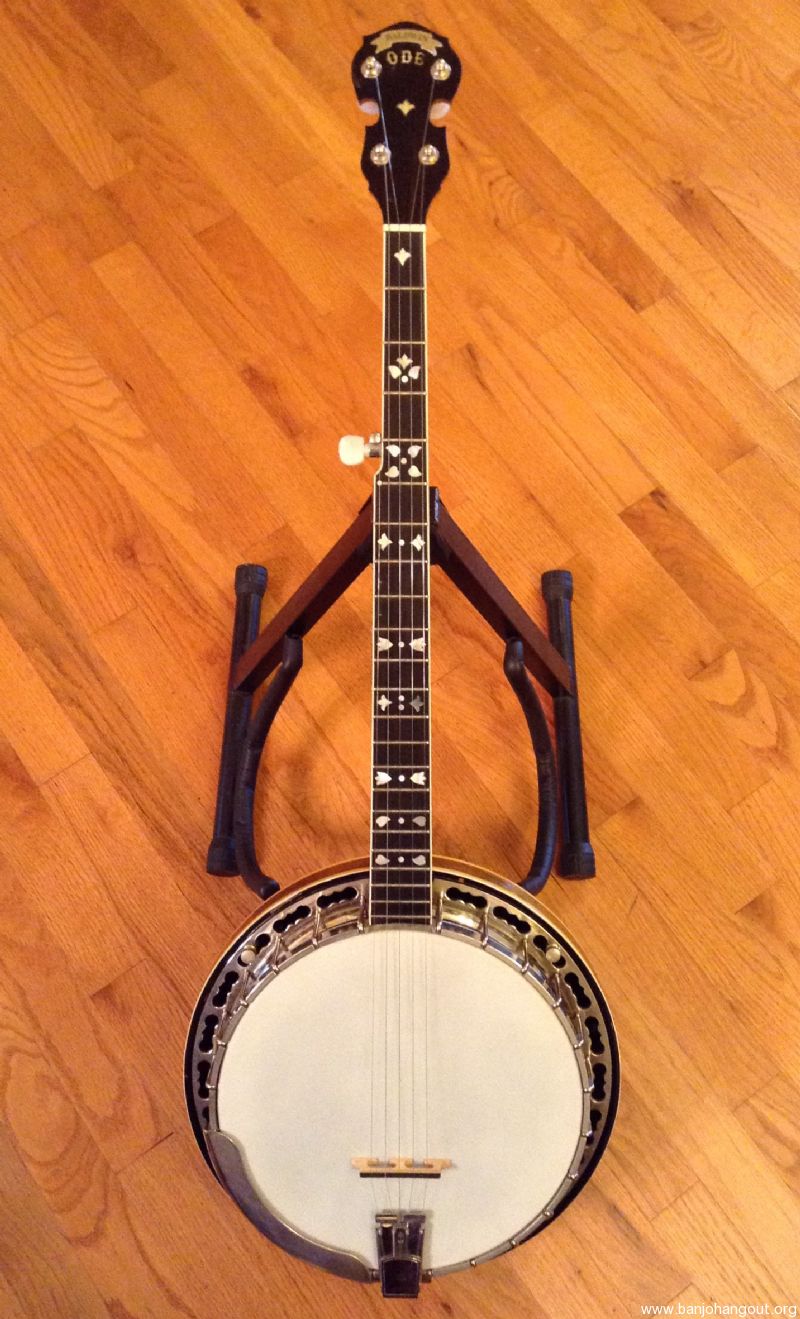Baldwin Ode Banjo Serial Numbers
History of Ome – Reprinted From Banjo Newsletter Interview With. By 1962, the ODE line included a full offering of 4-, 5-, and 6-string banjos, in open-back and full.
Here's (an ODE A-style for sale by Campbell's Music Service. Dealer reiterates what I've heard, that ODE mandolins were made by Robt. Givens, or at least that he designed them. ODE was a banjo maker based in Boulder CO that manufactured a line of banjos with cast aluminum shells.* I believe they sold ODE brand banjos through direct sale, and Muse brand through dealers. I still own a Muse Style 2 5-string I purchased at the Denver Folklore Center in 1965 with my US Army separation pay. At that point ODE was reorganizing or going out of business; I think someone else took over the nameplate, and that the mandolins were added during the '70's.
Some of the old ODE luthiers (does one call a banjo maker a 'luthier'? Meta medium lfc shrift for life. Guess so.) started up the Ome banjo company, still in Boulder I believe; they make some extremely fancy 5-string, tenor and plectrum banjos. Don't think the ODE mandolins were manufactured in great numbers, but if Givens had anything to do with their production, they're probably high-class instruments. * The Stew-Mac 'kit' banjos use, or used, a cast aluminum shell based on the ODE design.
However, the Stew-Macs have an integral cast aluminum arch-top tone ring, while the Muse I own has a separate brass arch-top tone ring -- a higher-end design, IMHO. I pulled together some information on Bob Givens, just for my own use, and the following excerpt is a portion of that: While Givens was building mandolins in California, Chuck Ogsbury was making banjos in Colorado. But, by 1966, Ogsbury had sold his banjo company to Baldwin, the large company known primarily for pianos that also owned Gretsch instruments. As part of the sales contract, Ogsbury agreed not to build instruments for five years that would compete with the ones whose production Baldwin would be taking over. After the deal went through, Baldwin saw little reason to keep using the Ode name.
Baldwin originally badged their instruments (primarily banjos) with their company name but discovered that it lacked the name recognition that Ode had acquired among banjo players. So, around 1971, they began double-naming instruments using both “Baldwin” and “Ode” designations. By 1977, they had switched to the Ode moniker exclusively.
Baldwin farmed out the manufacture of their banjo components and legendary dobro flatpicker and luthier Tut Taylor, who was building banjos and resophonic guitars, was one of their contractors. Givens, meanwhile, had left home and traveled east to Nashville; he and Tut became partners. They bought the old Grammar Guitar Company and began doing work for Baldwin, making instruments under the Ode name and also producing some instruments of their own. With Bob Givens available, it made sense for Baldwin to have him make some Ode mandolins, which they did. Okay, so, Tut Taylor and Bob Givens were building Ode instruments for the Gretsch Division of the Baldwin Music Co. In the old Grammar Guitar factory.
